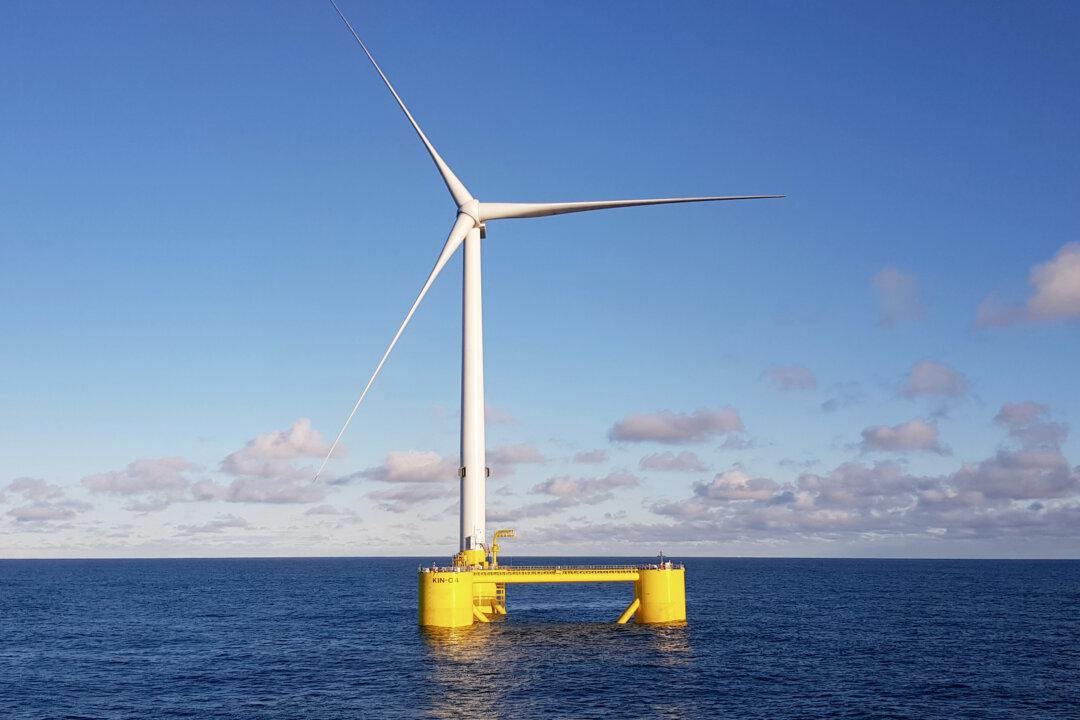The California Energy Commission on July 10 adopted a plan to develop a floating wind farm off the state’s central and northern coasts, aiming to make it a key power source in the state’s push for carbon neutrality by 2045.
The wind project, which is expected to power 25 million homes by 2045 at full capacity, will have more than 1,600 turbines at least 20 miles off Humboldt Bay in Northern California and Morro Bay in San Luis Obispo County.





